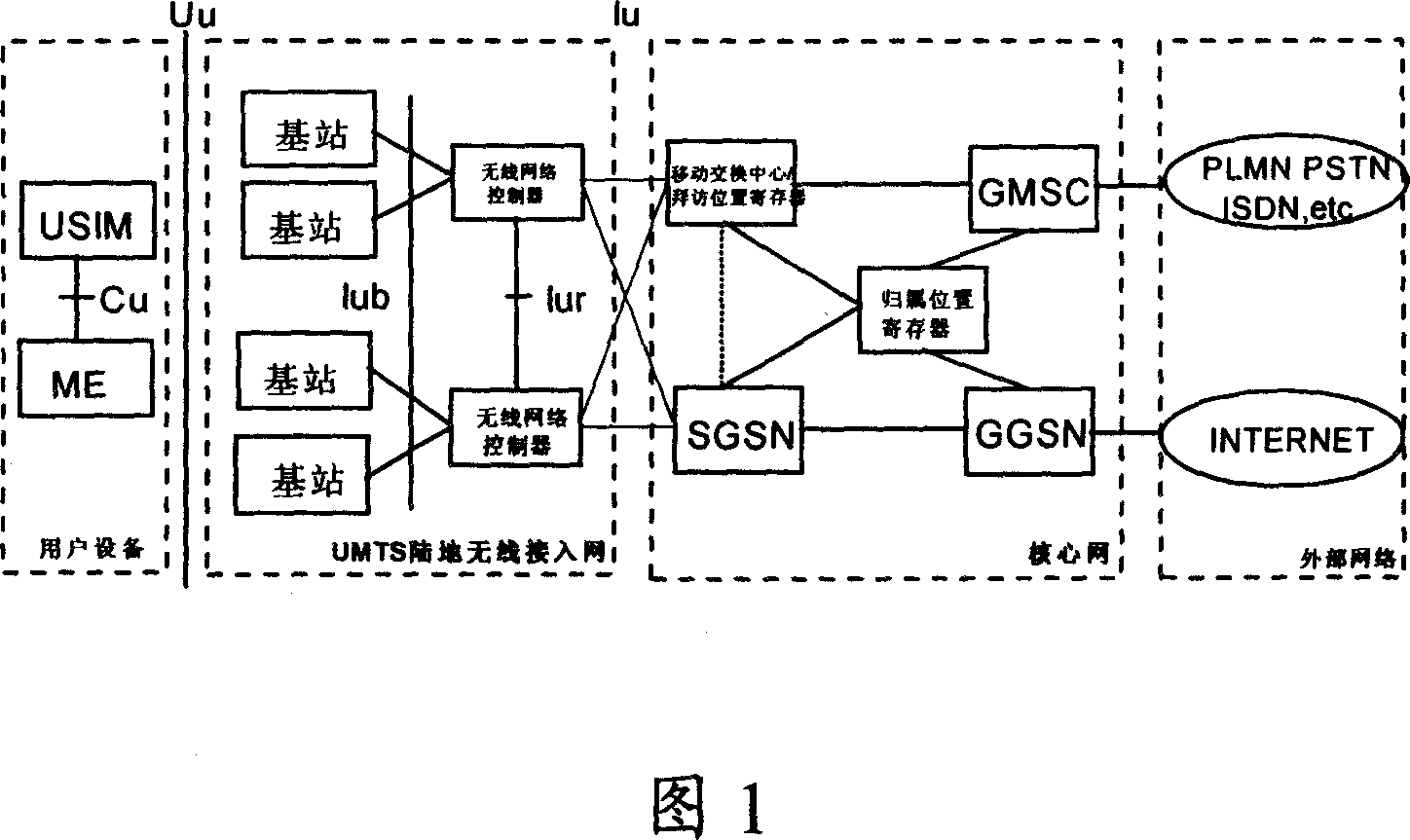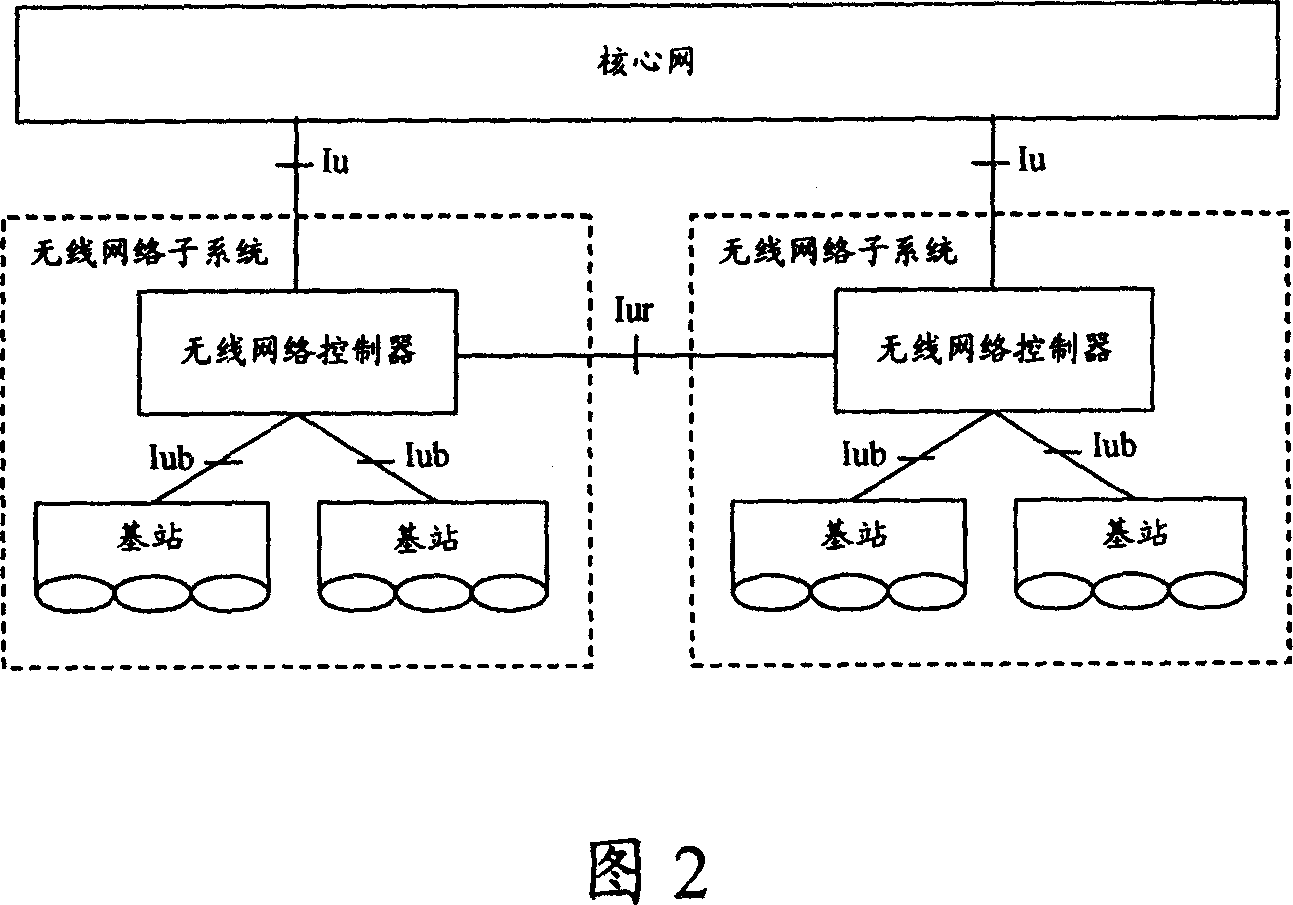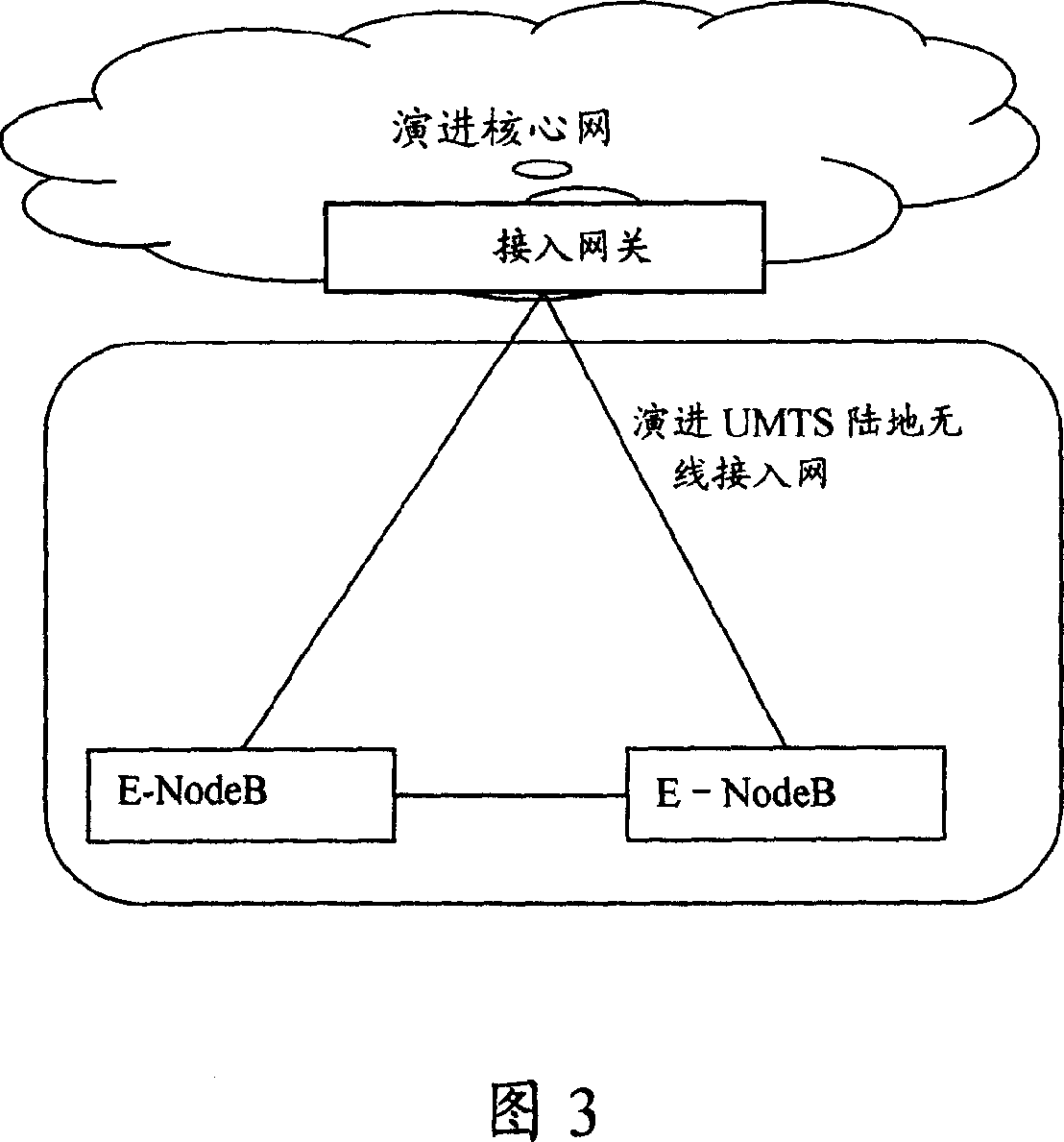Switching method and switching network
A network and terminal handover technology, applied in the field of communication, can solve problems such as time extension, achieve the effect of improving the success rate of handover and reducing the delay of handover preparation
- Summary
- Abstract
- Description
- Claims
- Application Information
AI Technical Summary
Problems solved by technology
Method used
Image
Examples
Embodiment 1
[0189] Referring to Fig. 13, it is a schematic flow chart of embodiment 1. As can be seen from the figure, it mainly includes the following steps:
[0190] S1301. The terminal sends a test report to the source e-NodeB.
[0191] S1302. The source e-NodeB makes a handover decision, and selects multiple candidate target e-NodeBs.
[0192] After receiving the test report, the source e-NodeB makes a handover decision according to the obtained RRM information of the neighboring cells, and determines multiple target e-NodeBs.
[0193] S1303. The source e-NodeB sends the context of the terminal to each target e-NodeB respectively, which also includes a list of target e-NodeBs and priority information among target e-NodeBs.
[0194] S1304. After receiving the context, the target e-NodeB judges whether its own priority is the highest according to the priority information, and if yes, executes step S1305; otherwise, enters step S1310.
[0195] S1305. The target e-NodeB allocates resource...
Embodiment 2
[0203] Referring to Figure 14, the process of Embodiment 2 is as follows:
[0204] S1401. The terminal sends a test report to the source e-NodeB.
[0205] S1402. The source e-NodeB makes a handover decision, and selects multiple candidate target e-NodeBs.
[0206] S1403. The source e-NodeB sends the terminal handover request to each target e-NodeB respectively, which contains a list of target e-NodeBs and priority information among target e-NodeBs.
[0207] S1404. After the target e-NodeB receives the terminal handover request, if it determines that its own priority is the highest according to the priority information, if yes, go to step S1405; otherwise, go to step S1411.
[0208] S1405. The target e-NodeB allocates resources for the terminal.
[0209] S1406. The source e-NodeB judges whether the resource allocation of the target e-NodeB is successful, and if successful, executes step S1407, and if not, executes step S1409.
[0210] S1407. The source e-NodeB sends a handov...
Embodiment 3
[0218] Fig. 15 shows the schematic flow sheet of embodiment 3 of the inventive method, and concrete process is as follows:
[0219] S1501. The terminal sends a measurement report to the source e-NodeB.
[0220] S1502. The source e-NodeB makes a handover decision, and selects multiple candidate target e-NodeBs.
[0221] In this step, the source e-NodeB selects multiple target e-NodeBs, and prioritizes these target e-NodeBs.
[0222] The priorities of the above-mentioned terminals can be preset, or modified statically, or dynamically adjusted online.
[0223] For the convenience of description, the target e-NodeB with the highest priority in the target e-NodeB list is referred to as the first target e-NodeB. According to the order of priority, it is the second target e-NodeB, the third target NodeB and so on are deduced by analogy, the Nth priority is called the e-NodeB, and N is an integer greater than 1.
[0224] S1503. According to the target e-NodeB list determined in ste...
PUM
 Login to View More
Login to View More Abstract
Description
Claims
Application Information
 Login to View More
Login to View More - R&D
- Intellectual Property
- Life Sciences
- Materials
- Tech Scout
- Unparalleled Data Quality
- Higher Quality Content
- 60% Fewer Hallucinations
Browse by: Latest US Patents, China's latest patents, Technical Efficacy Thesaurus, Application Domain, Technology Topic, Popular Technical Reports.
© 2025 PatSnap. All rights reserved.Legal|Privacy policy|Modern Slavery Act Transparency Statement|Sitemap|About US| Contact US: help@patsnap.com



